In a turn of events that has grabbed global attention, U.S. President Donald Trump had what he called a “very good” hour-long phone conversation with Ukrainian President Volodymyr Zelensky. The call, which came a day after Trump spoke to Russian President Vladimir Putin, touched on everything from potential ceasefires to, interestingly, the idea of the U.S. managing Ukraine’s nuclear power plants.
Zelensky, optimistic after the conversation, later stated that he believes “lasting peace can be achieved this year” under Trump’s leadership. But while the White House acknowledged that the topic of nuclear plants came up, Zelensky clarified that the discussion was only about the Russian-controlled Zaporizhzhia facility.
However, does this symbolize a shift in tone?
This conversation between Trump and Zelensky stands in just the opposite spectrum to their last in-person meeting at the White House. That encounter was tense, with Trump accusing Zelensky of not showing enough gratitude for U.S. support and even warning him that he was “gambling with World War Three.” That interaction led to a brief suspension of military aid and intelligence sharing with Ukraine. However, diplomatic efforts eventually smoothed things over, and a ceasefire agreement was reached on March 11.
The recent phone call was the first time Trump and Zelensky had spoken since that Oval Office meeting. Their respective teams have been actively working in the background, though, with U.S. and Ukrainian officials meeting in Saudi Arabia to negotiate a proposed 30-day ceasefire. While Ukraine and the U.S. have backed the idea, Putin outright rejected the proposal when speaking to Trump earlier this week.
Partial Ceasefire on the Table
During his conversation with Trump, Zelensky reportedly said he was open to a partial ceasefire focused on protecting critical infrastructure. This would mean a halt in attacks on energy grids, railways, and ports, facilities that are vital to Ukraine’s economy and daily life. However, he made it clear that Ukraine would retaliate if Russia violated the terms.
“I understand that until there is a formal agreement, everything will continue to fly,” Zelensky said, referencing ongoing drone and missile strikes.
Trump, meanwhile, took to his social media platform, Truth Social, to emphasize that the call was meant to align Ukraine and Russia “in terms of their requests and needs.” He also suggested that ceasefire efforts were progressing.

U.S. Involvement in Ukraine’s Energy Sector?
One of the more surprising topics from the call was the potential role of the U.S. in running Ukraine’s nuclear power plants. Secretary of State Marco Rubio later released a statement confirming that the two leaders had discussed “Ukraine’s electrical supply and nuclear power plants,” with Trump suggesting that “the United States could be very helpful in running those plants with its electricity and utility expertise.”
Rubio went even further, stating, “American ownership of those plants would be the best protection for that infrastructure and support for Ukrainian energy security.”
Zelensky later clarified that the discussion focused only on Zaporizhzhia, which remains under Russian control. However, the idea of foreign ownership of Ukraine’s power plants is sure to raise eyebrows, both in Kyiv and internationally.
Peace Talks and Ongoing Strikes
The latest developments will likely come as a relief for Zelensky, who described his talk with Trump as “positive, frank, and very substantive.” He later reiterated on X (formerly Twitter) that he believes peace is possible with American leadership.
Despite these diplomatic efforts, tensions on the ground remain high. Zelensky acknowledged that Putin is unlikely to agree to a full ceasefire as long as Ukrainian troops continue operations in Russia’s western Kursk region, a hotspot of conflict since Kyiv launched an offensive there last August.
Both sides had previously agreed to stop targeting energy infrastructure. However, accusations of continued strikes have been thrown around freely, with each side blaming the other. Just hours after Trump’s phone call with Zelensky, Ukraine and Russia launched fresh attacks. Reports emerged that Kyiv had struck an oil depot in Russia’s Krasnodar region with a drone, while Ukraine alleged that Russia had targeted hospitals.
Prisoner Swap Amidst the Chaos
Despite ongoing hostilities, Ukraine and Russia managed to carry out a significant prisoner exchange on Wednesday. Each side released 175 prisoners of war (POWs), with Russia reportedly including 22 severely wounded Ukrainian soldiers in the deal.
Zelensky hailed the exchange as “one of the largest,” stressing that even amidst war, moments of diplomacy remain possible.

UK Gears Up for Ukraine Peacekeeping Talks Amid Rising Tensions
Meanwhile, the UK is stepping up its role in the Ukraine conflict by hosting a meeting on Thursday, bringing together senior military officials from more than 20 nations in what’s being called a “coalition of the willing.” The goal is to hash out plans for a Western-led peacekeeping force in Ukraine.
The meeting will take place at the UK’s Permanent Joint Headquarters in Northwood, with top brass from Britain, France, and other allied nations discussing how such a force could be deployed. However, turning these discussions into action won’t be easy.
The Roadblocks Ahead
Russian President Vladimir Putin has made it crystal clear that Moscow won’t stand for any NATO troops, peacekeeping or otherwise, on Ukrainian soil. And it’s not just Russia causing headaches. The US, a key player in any military operation, is hesitating to provide the much-needed air cover that many coalition members say is essential for the mission’s success.
Starmer’s Big Day of Diplomacy & Defense
UK Prime Minister Sir Keir Starmer is expected to attend part of the Northwood meeting, but first, he’s making a stop in Barrow-in-Furness, home to Britain’s nuclear submarine program. There, he’ll lay the keel of HMS Dreadnought, a next-generation nuclear-armed submarine. Starmer is using the visit to illustrate how defense spending can fuel local economies, calling Barrow a “blueprint” for national security investments.
Adding to the day’s symbolism, Starmer will also announce that King Charles has approved Barrow being granted the honorary title of “Royal” in recognition of its contribution to UK defense.
A Strong Nuclear Message to Russia
Before heading to the peacekeeping talks, Starmer also made a trip to Scotland to meet the crew of HMS Vanguard, one of Britain’s nuclear submarines patrolling the North Atlantic. He didn’t mince words when it came to the UK’s nuclear capabilities.
“The Kremlin understands and respects our nuclear deterrent because it’s independent and credible,” Starmer told reporters. “And it most certainly is.”
Defense Secretary John Healey, who accompanied Starmer, reinforced the message, calling the UK’s nuclear deterrent “the ultimate guarantor of our national security and that of our NATO allies.”
The Last Bit
Technical teams from Ukraine and the U.S. are set to meet in Saudi Arabia in the coming days to continue ceasefire discussions. Meanwhile, the UK is preparing to host a new round of Ukraine peacekeeping talks, which could be another crucial step in the complex process of negotiating an end to the war.
However, with both Ukraine and Russia still launching attacks and Putin unwilling to accept a full ceasefire without an end to Western military aid, peace remains a distant goal.
As always, when it comes to Trump, diplomacy is never dull. With Russia standing firm against NATO troops in Ukraine and the US showing reluctance on air support, the path to deploying peacekeepers remains uncertain. But the fact that high-level discussions are moving toward an operational phase suggests Western leaders are serious about stepping up their involvement – one way or another.
For now, all eyes will be on Northwood to see if this coalition of the willing can turn words into action.

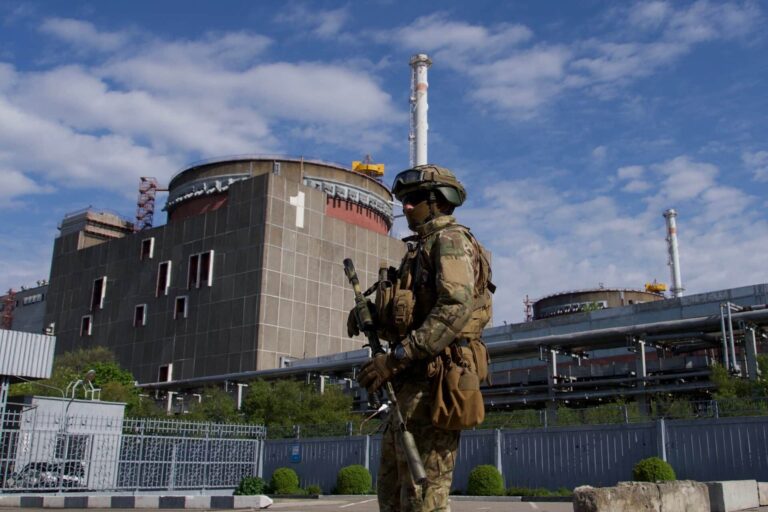


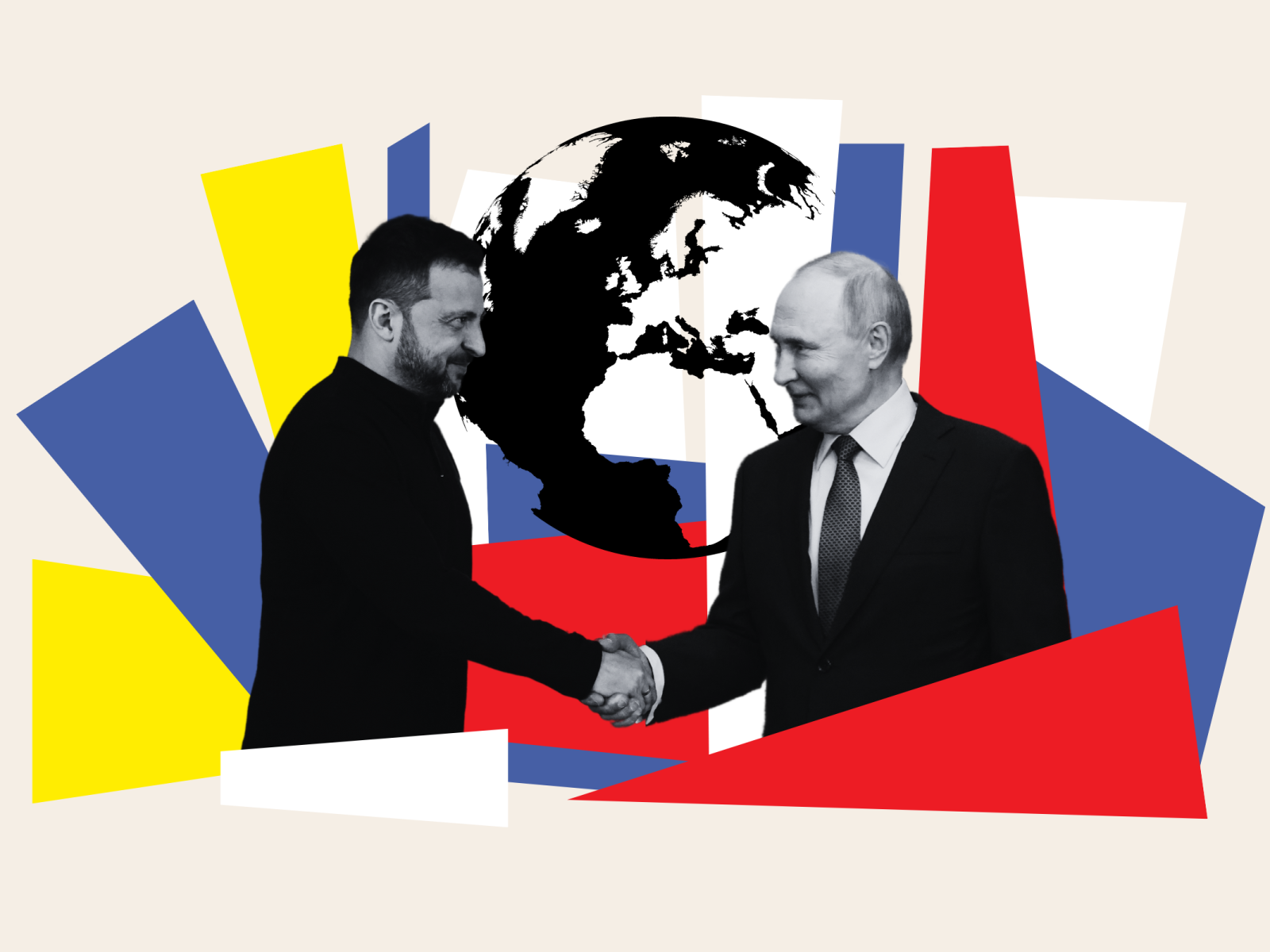
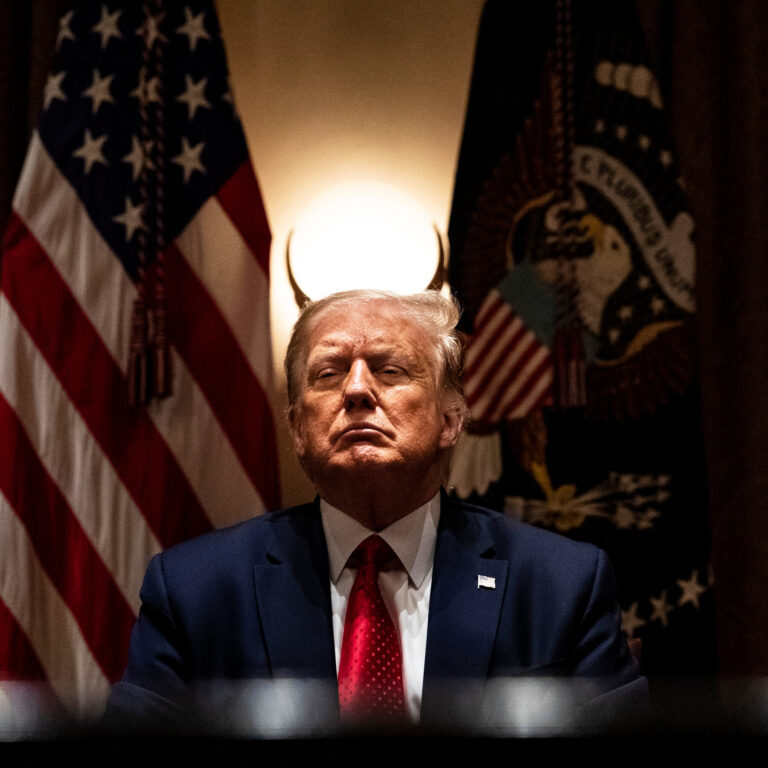

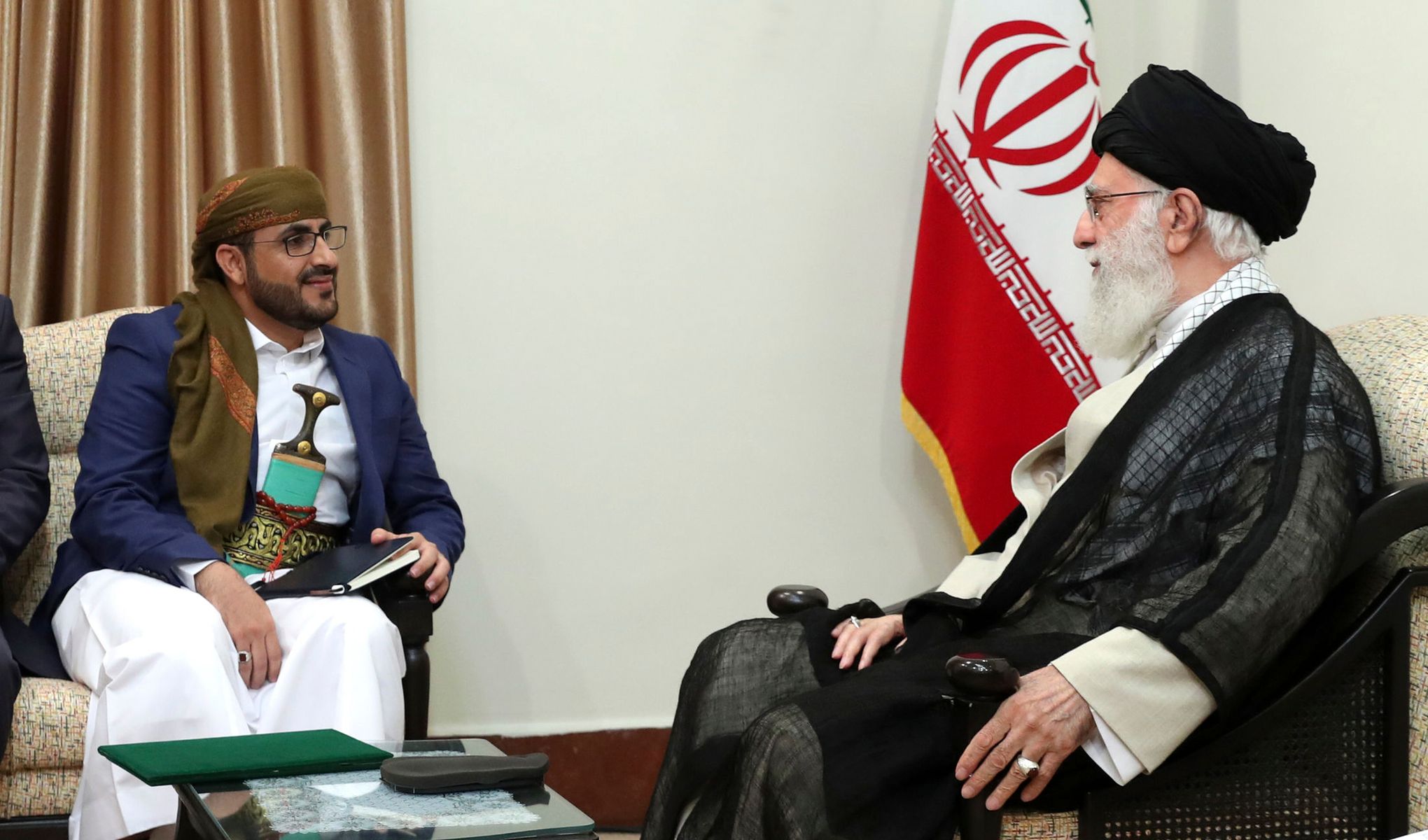
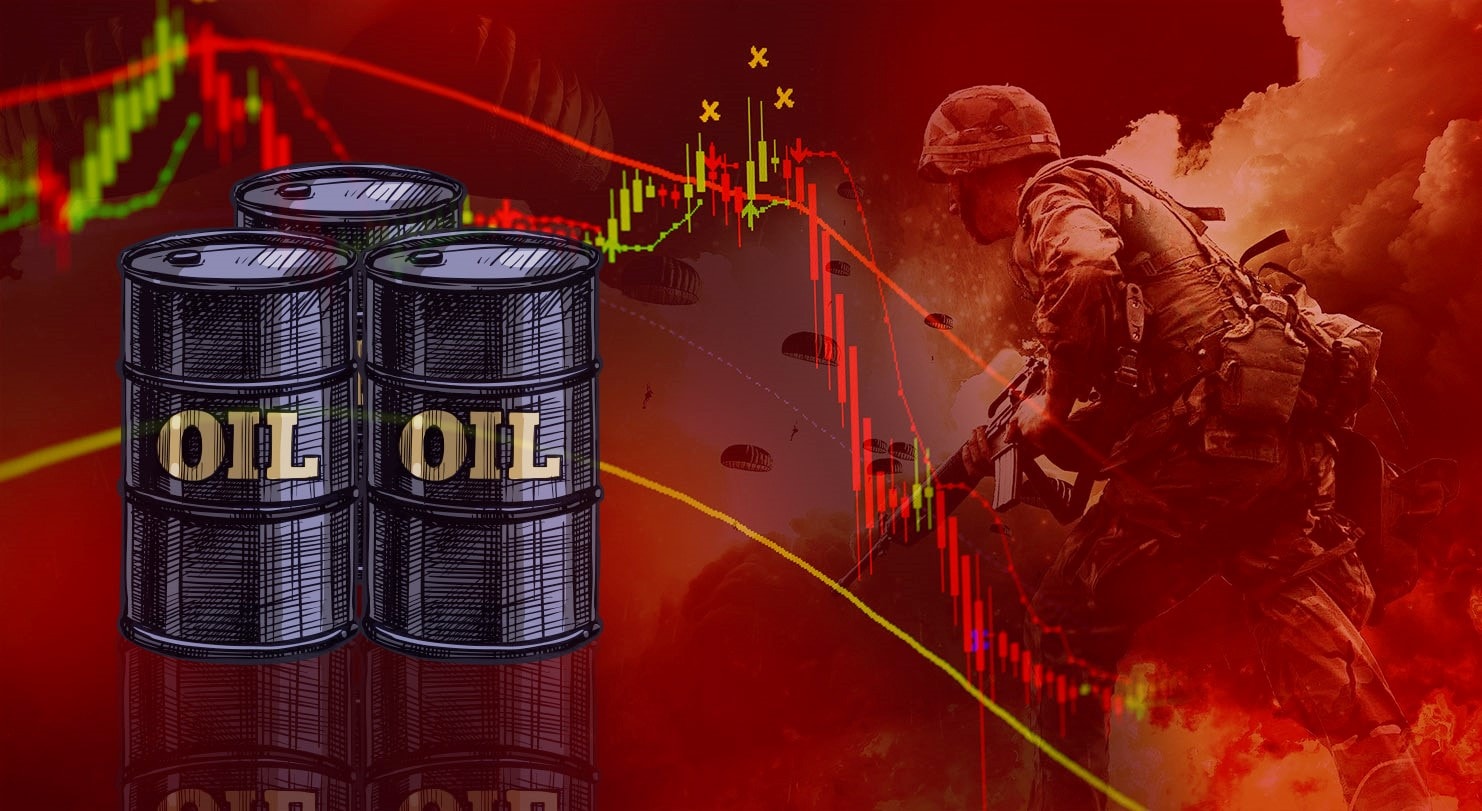




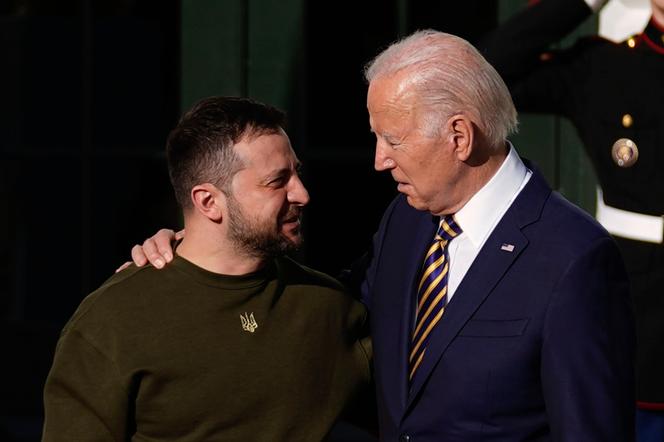

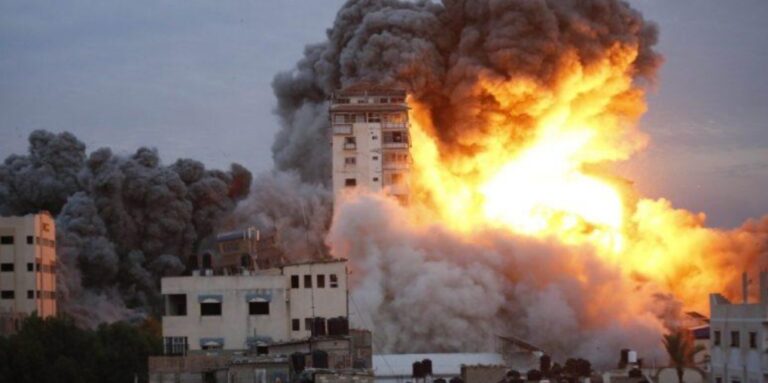


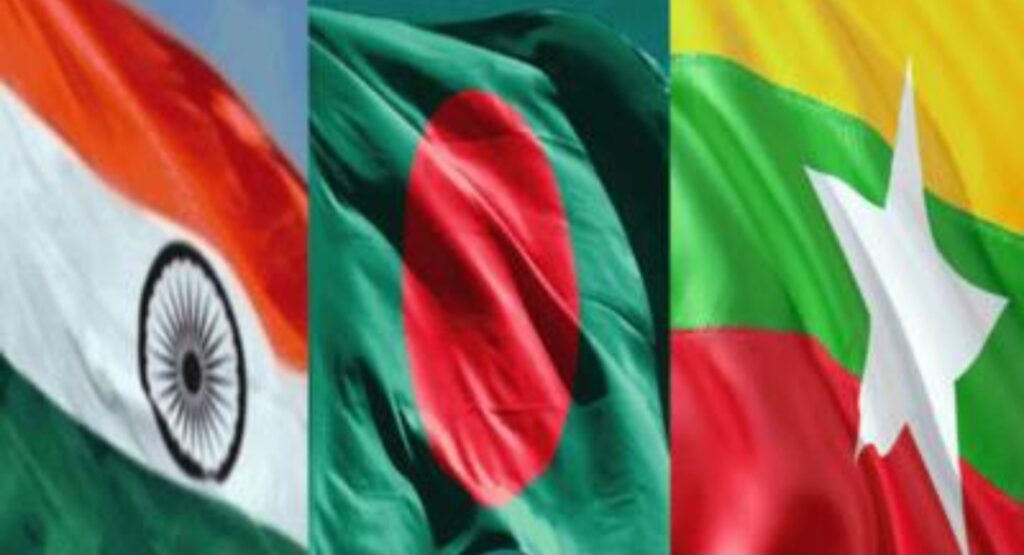


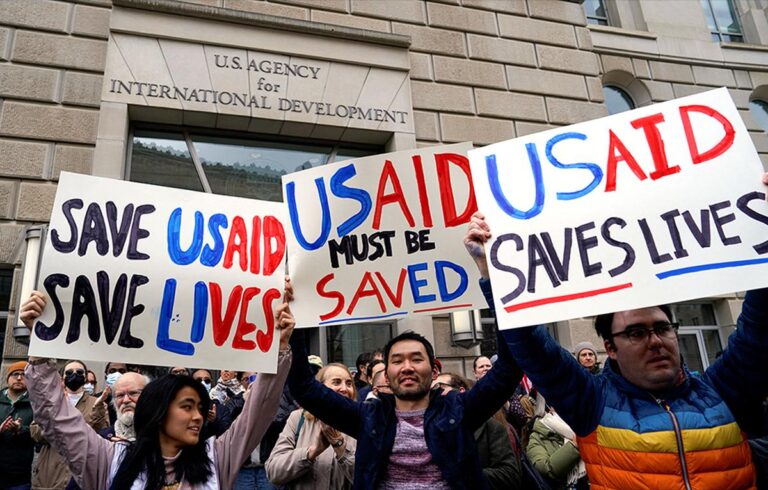




)

